Keywords: Berliner Festsspiele; Alexandru Şahighian; Berliner Theatertreffen; Jürgen Gosch; Deutsches Theater Berlin; Kleist; Shakespeare; Molière; Cehov; Gorki; Johannes Schütz; Constanze Becker; Ulrich Matthes; Christian Grashof; Jens Harzer; Meike Droste; R.W. F
A new edition of the theatre festival Berliner Theatertreffen and a new thorough analysis of the performances and the actors taking part in this prestigious festival of the German speaking world. The 2008 edition has selected plays whose directors have given the actors the upper hand. Among these directors – also largely presented in this text – are Jürgen Gosch, Thomas Ostermeier, Stephan Kimmig and Michael Thalmeier.
More...
Keywords: Western communist parties; Soviet system; Italian films; Gianni Rodari; Tamara Lisitsian
The case of Gianni Rodari, an Italian communist children's writer whose books were received by the Soviet public with exceptional favour, proves how relations with western communist parties happened to be instrumental in opening up the Soviet cultural system to the world. Rodari became, in fact, well-known in the Soviet Union before attaining fame in his homeland; from the Sixties on, however, things became to change, and from this point on, it may be argued, children from different sides of the iron curtain were brought up reading the same books. Rodari's works were the expression of the point of view of a western communist – in many cases, more western than communist – and they were published in the USSR with very little interventions by the censor (due, probably, to care of the relations with friendly parties), which made them a space were forbidden names and ideas could appear in print. An analogous mediating role was played by Tamara Lisitzian, a Georgian-born film director, who spent several years in Italy as the wife of the son of one of the Communist Party leaders and, after her return, worked as a translator of Italian films and started her own career with films based on Rodari's works. Although Lisitzian was far from liberal in her views, her children's films, usually very faithful to the literary models, display rare nonconformist qualities that go even further than Rodari's books in their irony, sometimes clearly directed at the Soviet system itself.
More...Tamara Ćapeta, Siniša Rodin, Osnove prava Europske unije, Narodne novine, Zagreb, 2010, 137 str.
More...Keywords: economic culture; economy; economic thinking; personalities of Romanian economic life
Mitiţă Constantinescu, exponent of the basic principles of Romanian neoliberalism, was, at the same time, a doctrinarian of leading policy and advocate of the State’s active involvement in economy. Our paper tries to point out some aspects concerning the personality of the former statesman: biographical coordinates, doubled by elements attesting his role in Romanian public life, during the inter-war period. Concretely, we have tried in the present study to recall the most important actions that made Mitiţă Constantinescu stand out as a great personality of the epoch he lived in, in order to facilitate the presentation of his contribution to economic thinking of the inter-war period.
More...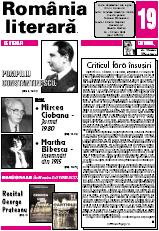
Article about Pompiliu Constantinescu his works, influences, relationships with E. Lovinescu, his mentor.
More...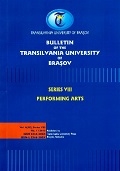
Keywords: Paul Constantinescu; folk; Neoclassicism; Byzantine style; modal language
The current Neoclassicism in Constantinescu’s creation belongs to the area of syntheses: between the Neoclassical (Neo-Baroque) and folk styles (Three Musical Pieces for Piano, Sinfonietta, Prelude for Piano Solo) – a synthesis achieved by most Romanian creators of the time; between the Neoclassical and Byzantine styles (Liturgy, Oratorios) – an unusual synthesis in the Romanian musical creation, but typical of world music – as, for example, the fusion between the Neoclassical (Neo-Baroque) and Gregorian intonation (Respighi, Hindemith, Stravinsky and so on); between the traditional form and the innovative modal language involved by the folk- Byzantine direction (Symphony, concertos).
More...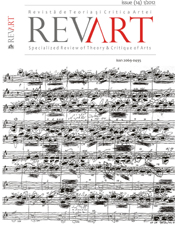
Keywords: Dan Constantinescu; vanguard; creation; choral; Romanian
We have presented in this article some aspects of the vocal and choral creation of Dan Constantinescu, one of the most important composers and teachers of Romania. The Symphony for 32 voices, a choral piece which was written in serial techniques, as the most part of his symphonic and chamber music, was mainly analysed.
More...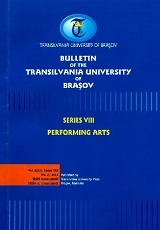
Keywords: sonatina; cyclical reasoning; miniature aspect
Focusing his entire creation on the enhancement of the folkloric lode and Byzantine psychical melos, Paul Constantinescu, disciple of Mihail Jora composition school, takes withal forward the path opened by George Enescu, as regards the autochthonous “transformation” of the classical forms of the sonatina.
More...
Keywords: Paul Constantinescu; folk; Neoclassicism; Byzantine style; modal language
Centering on the changes in the musical language of the composer, the division into periods of Paul Constantinescu’s creation represents, essentially, the evolution of a modal thinking particularised by the passing from the diatonic phase to that of chromatic, from the modern stadium of modal towards that of the contemporary neo-modal of synthesis.
More...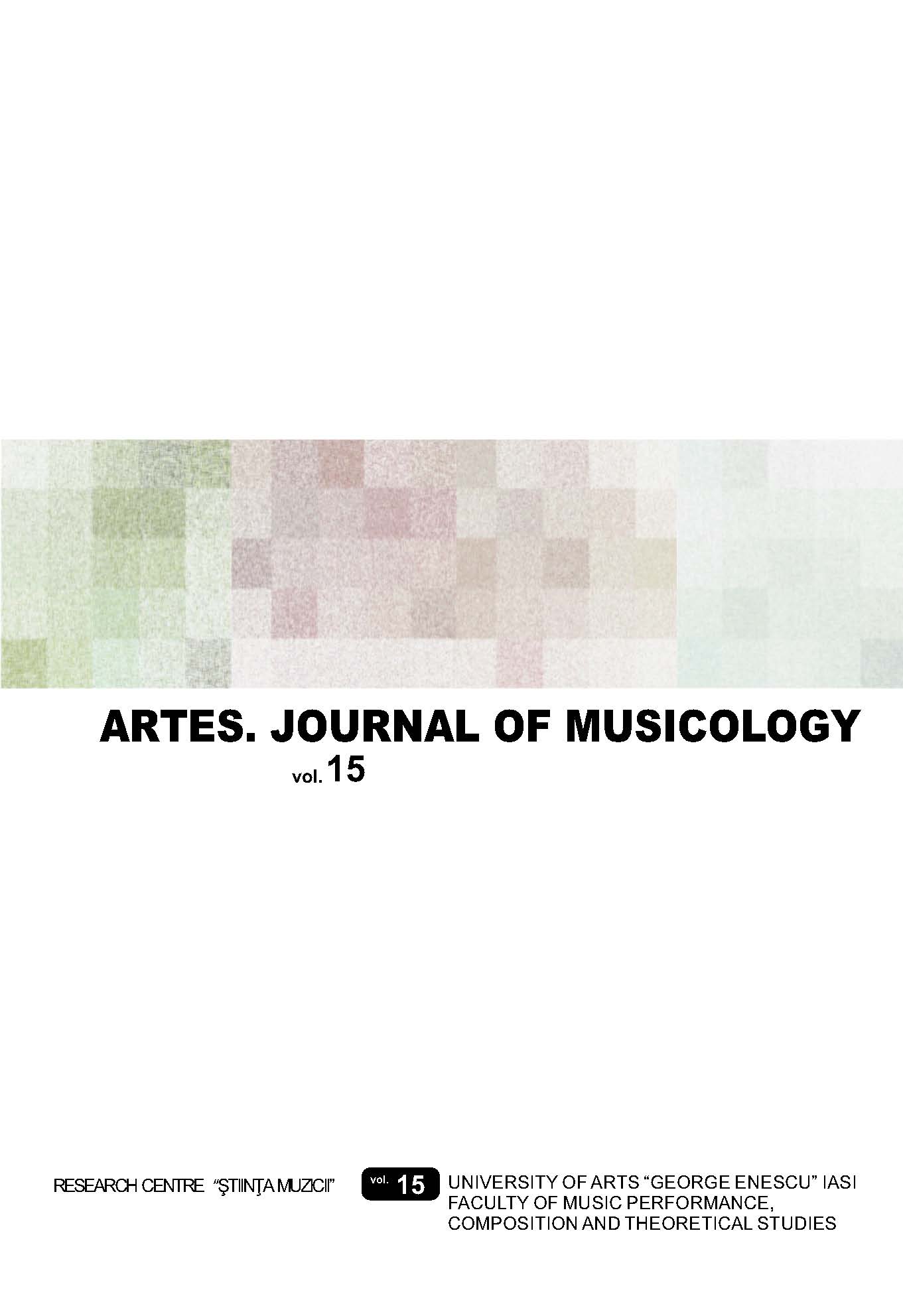
Keywords: Grigore Constantinescu;opera; Istorie şi stiluri;
Four centuries of opera. History and styles, creators, masterpieces, repertoires, Bucharest, ONB Publishing House, 2014.
More...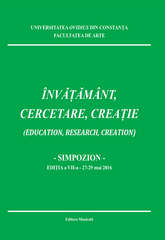
Keywords: Romanian folklore; modal language; bimodal; ornaments; asymmetric rhythm
The prominent Romanian composer Paul Constantinescu bequeathed somevaluable works, which are distinguished by the originality of style and technique addressed.The Sonatina for violin and piano written in 1933 is dedicated to "my Master Mihail Jora"representing an important step in achieving a national musical language. Part I - Allegromoderato, Part II - Andante, Part III - Allegro assai proposing a sound of modal essencewith themes inspired by the folklore.
More...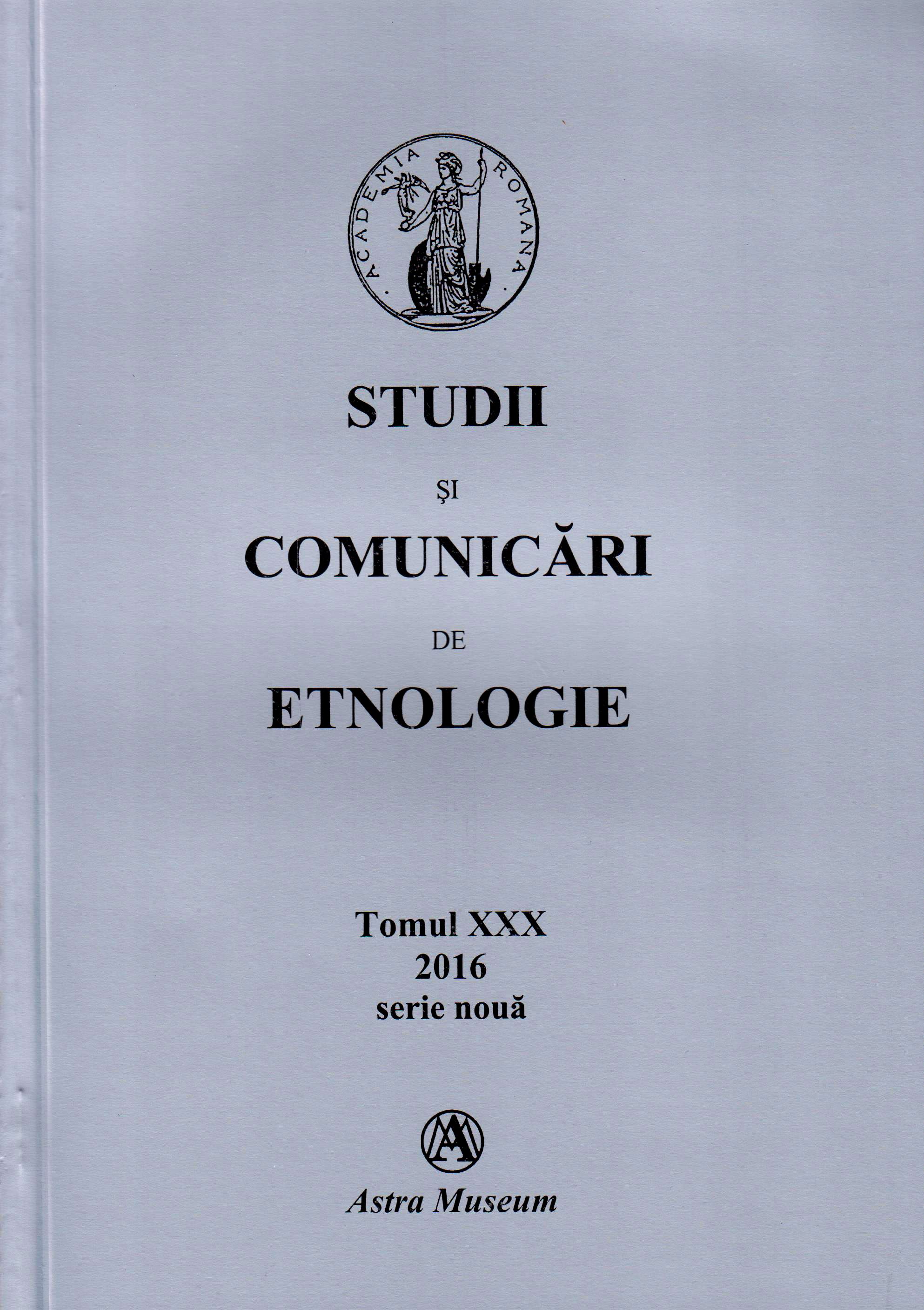
Keywords: ethnology; professor; University of Bucharest; ”peasant” culture.
As one of the most prominent scholars in Romanian Ethnology and a distinguished University professor for over 45 years, Nicolae Constantinescu is regarded as a mentor by many ethnologists who have started their careers after 1990. some of his disciples have become Ethnology professors in their turn and they relate more or less explicitly to Nicolae Constantinescu as a model. A disciple myself, I review in this paper some of the most important Ethnology "lessons" that professor Constantinescu has been transmitting to us. First of all, one cannot be an Ethnology professor unless one is an accomplished ethnologist himself (herself). That is why it is very important to acquire the professional culture (the history of the discipline at national and international levels and also the specific terminology with all the nuances and updates) and also to be trained as a field ethnologist in order to complete one`s formation. At the same time, an Ethnology professor should know how to address an audience who is most of the times completely innocent as regards inherited "peasant" culture, which is a basic topic of Romanian ethnology. A good professor knows how to criticize his/her students in order for them to feel encouraged to pursue their own researches. Nicolae Constantinescu is well known for supporting young ethnologists by reviewing their works in a constructively critical manner. At the same time, together with his colleagues at the Faculty of Letters, University of Bucharest, he has set up several programmes of studying Ethnology at academic level, pleading for the necessity of learning about one`s heritage as part of knowing one`s own culture in a constantly changing world.
More...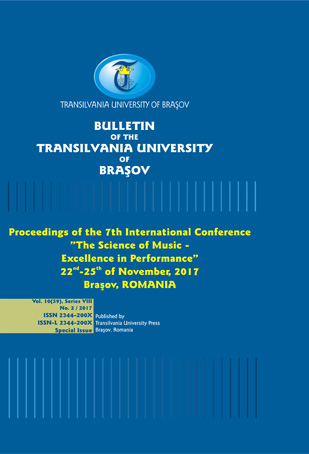
Keywords: Paul Constantinescu; Byzantine music; Heterophony; Resurrection; Nativity
Paul Constantinescu's efforts to process and draw attention to the potential of the Romanian Byzantine monody would reach their pinnacle in his two masterpieces that belong to the vocal-symphonic genre: “The Passion and Resurrection” Byzantine Easter Oratorio (1946-1948), and “The Nativity” - Byzantine Christmas Oratorio (1947), the same works that would earn him the title of “father of Romanian Byzantinism.” These works represent, beyond the equanimity, sobriety and humanity of their musical expression, the materialization of a brilliant creative enterprise, set to realize a double cultural-musical symbiosis between musical art and the Byzantine church chants on the one hand and between the Byzantine musical tradition of the East and the European musical culture on the other hand, with the well-defined goal to bring the man closer to his Creator through music.
More...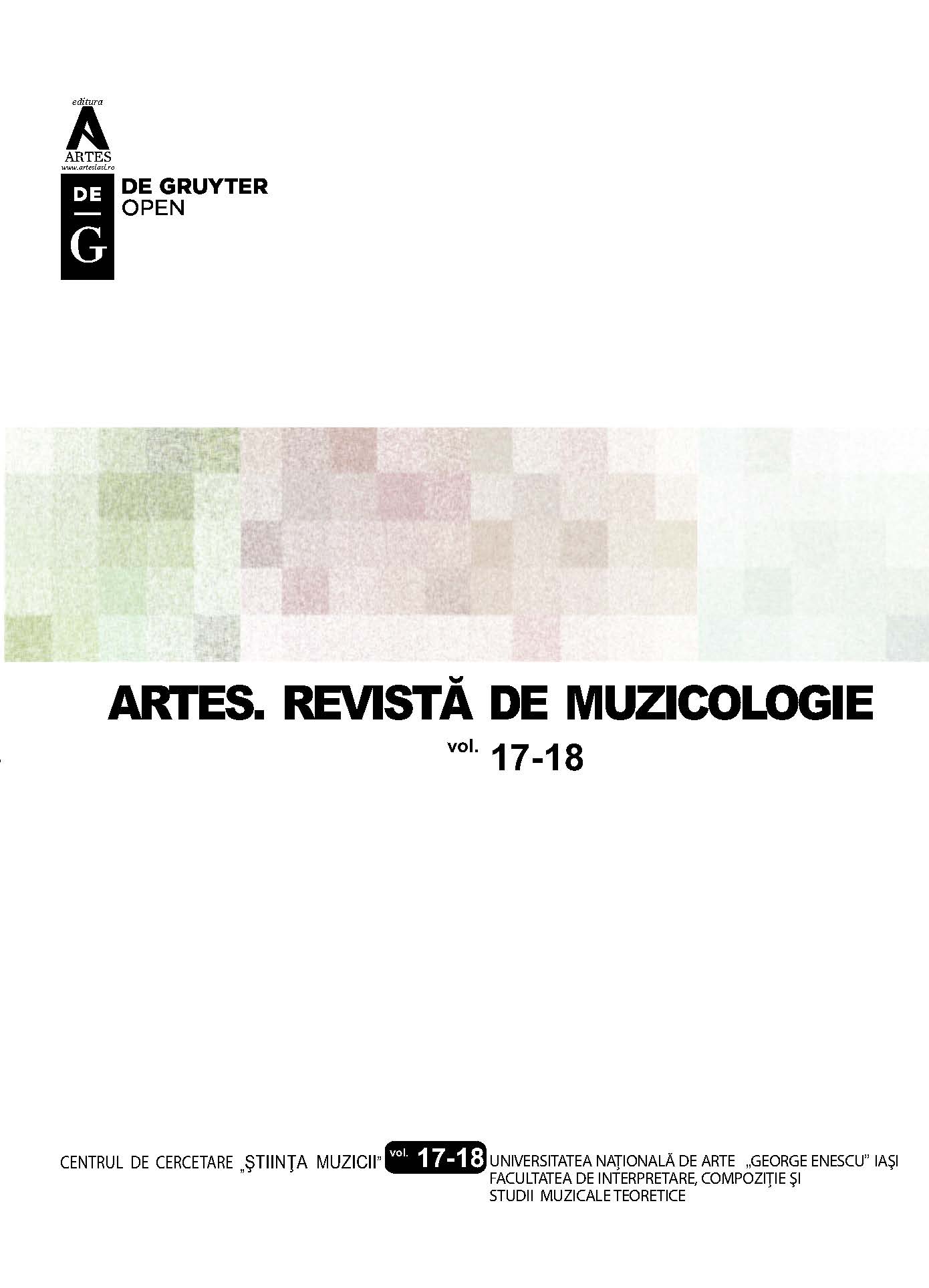
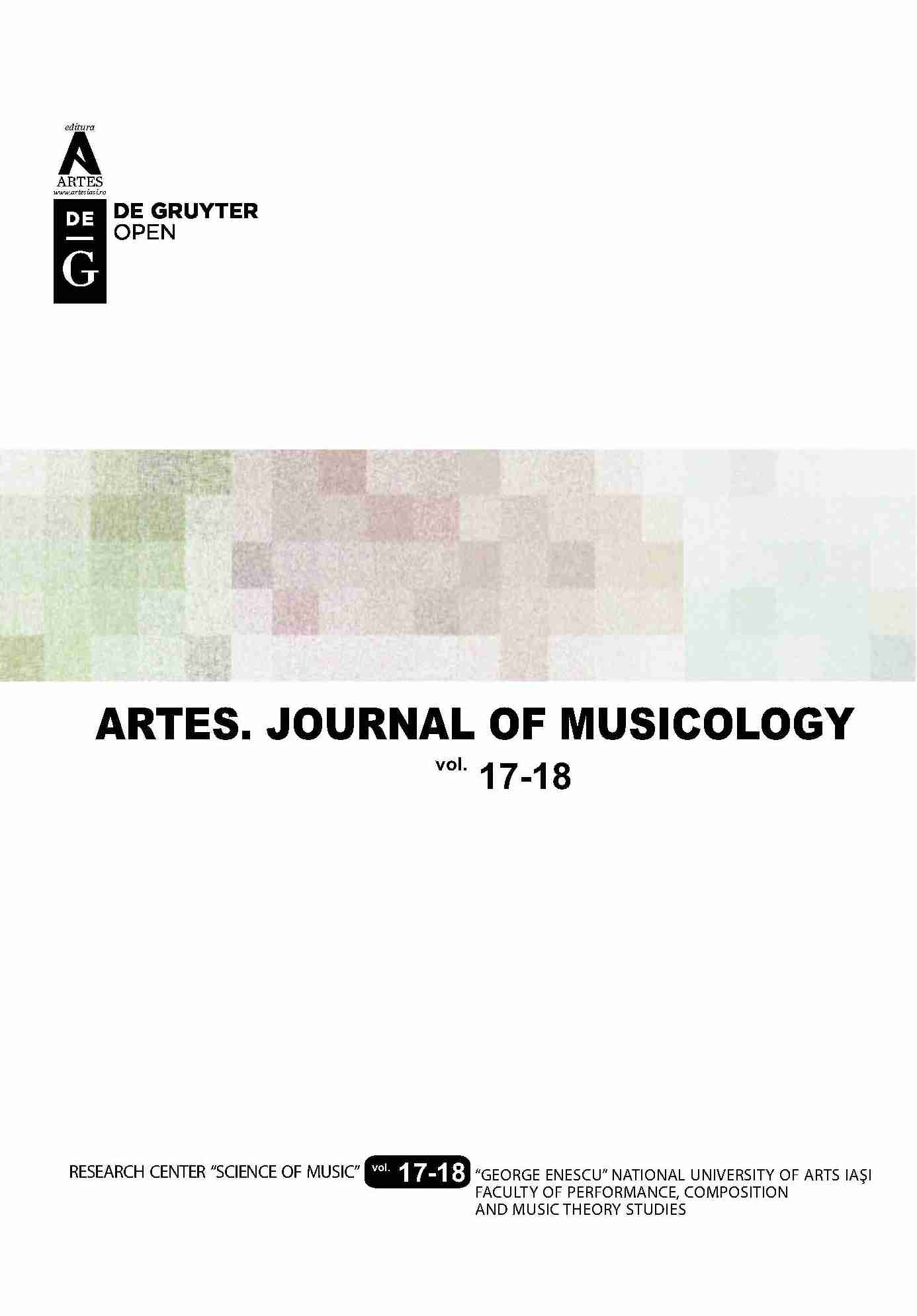
Grigore Constantinescu has a unique value in the Romanian musical journalism, a warm yet firm musical pen, a unitary and recognizable style, by surprising the audience continuously through novelty argued with nobility. And if today’s young musicologists often ask themselves: are there consistent, high quality books that contain information with immediate reference to the famous triad of history-style-language, they only have to have the time and patience to read and especially to understand the fascinating trajectory of certain genres, revealed by Grigore Constantinescu so close to each of our souls, in the books Four Centuries of Opera and Four Centuries of Lied.
More...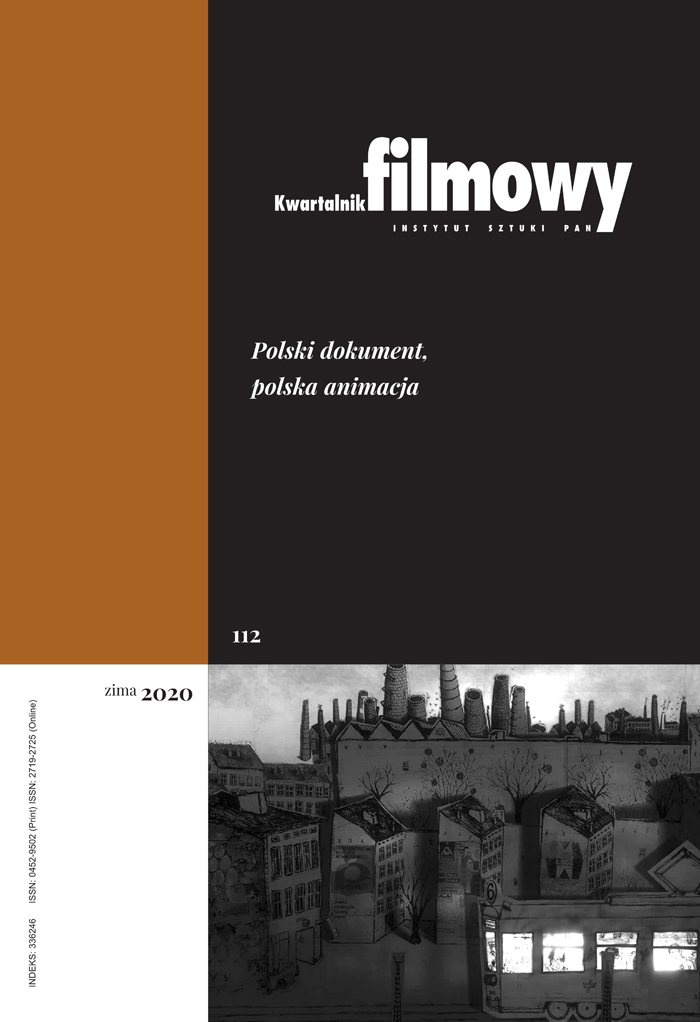
Keywords: Tamara Sorbian-Kasprzycka;animator;video art;
This is a tribute to Tamara Sorbian-Kasprzycka, a well-known Polish animator who died in January 2020. She studied psychology and art history in Poznań, and attended Mirosław Kijowicz’s course in animation at the Film School in Lodz. She made a number of visually striking films, mostly inspired by well-known painters. She was working on a feature film about the last day of life of Bruno Schulz.
More...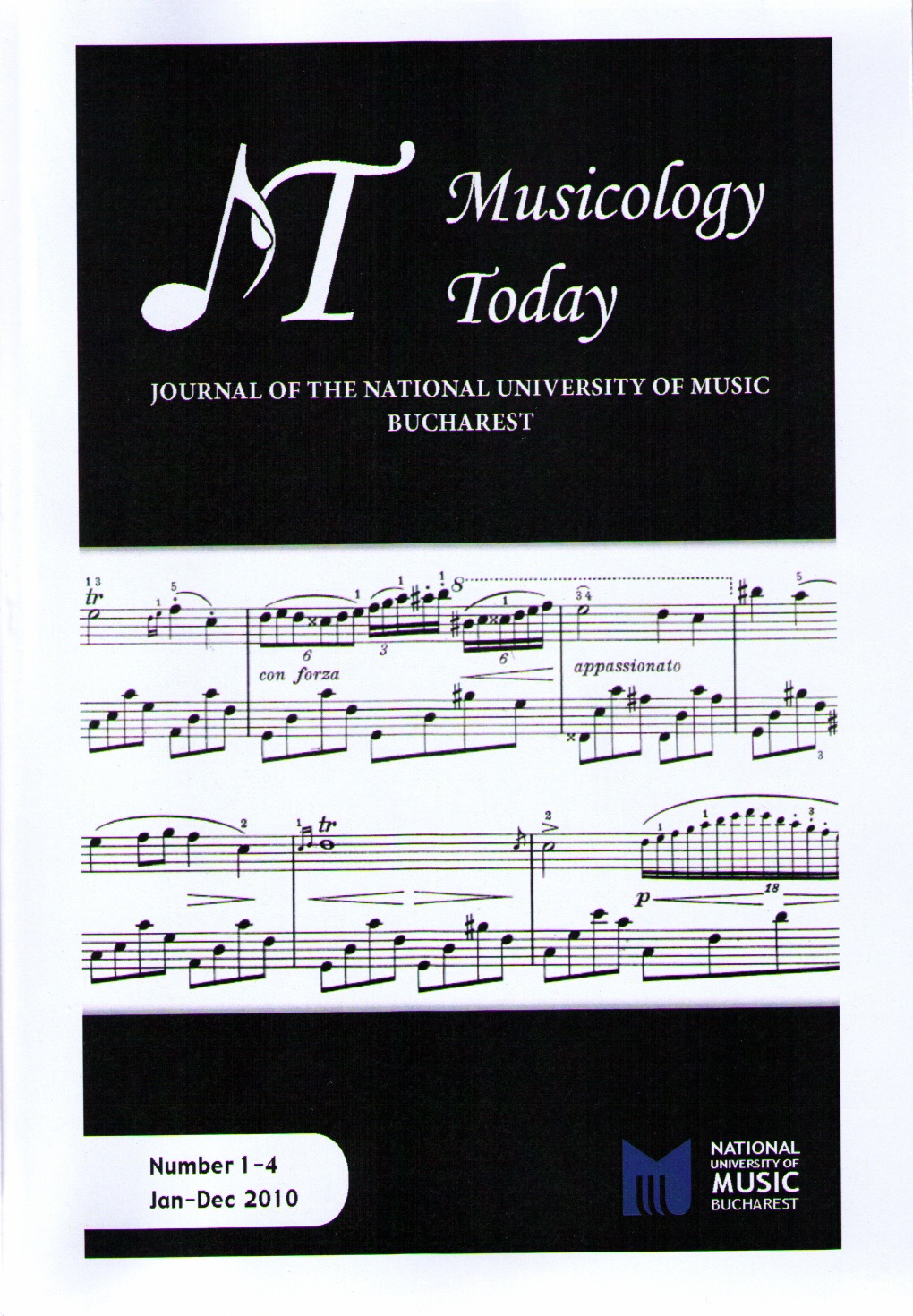
Keywords: Paul Constantinescu; Modernity of interwar Romanian Music;traditional ethnic values; Romanian musical works;
Through some of his works from the 1930s, Paul Constantinescu (1909- 63) appears today as one of a large part of Romanian composers who, during the interwar period, engaged in an explicit move toward the European artistic modernity of the early twentieth century, a modernity understood in its broadest sense, as a complex of attitudes and artistic practices dominated by the key- concepts of the new and the changing. For the majority of those who followed this orientation, aiming toward modernist coordinates of musical language did not imply abandoning the expression of national identity. The apparently paradoxical merging of traditional ethnic values with those diverging from tradition and imposed by the Western modernism, was a solution already proved as viable by Stravinsky and Bartók in the first two decades of the century. The desire for modernity, however, implied in equal measure a change of attitude vis-à-vis the question of “national specificity:” the Romanian musical works of the interwar period displayed not only new, updated techniques of composition, but also a nonconformist, lucid and detached way of expressing the “national style.” Among the features that illustrate the modernity of P. Constantinescu’s interwar works, the significant ones are: (1) the tendency to elude the tonal through polymodal or chromatic-modal structures and mechanisms; (2) an “aggressive,” quasi-arbitrary multivocal treatment of folk-quoted or folk-inspired material; (3) the use in a parodic manner of quotations from or allusions to various popular idioms.
More...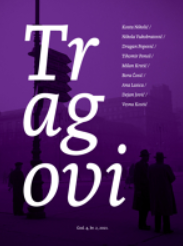
Keywords: Tamara Đermanović; Travel book; 1990s; War experience; Dissolution of Yugoslavia; Yugoslav identity; Croatia; Bosnia and Herzegovina; Montenegro; Serbia;
Review of: Ana Lasica - Put u moju nepostojeću zemlju, TAMARA ĐERMANOVIĆ, Beograd: Samizdat b92, 2018., 216 str.
More...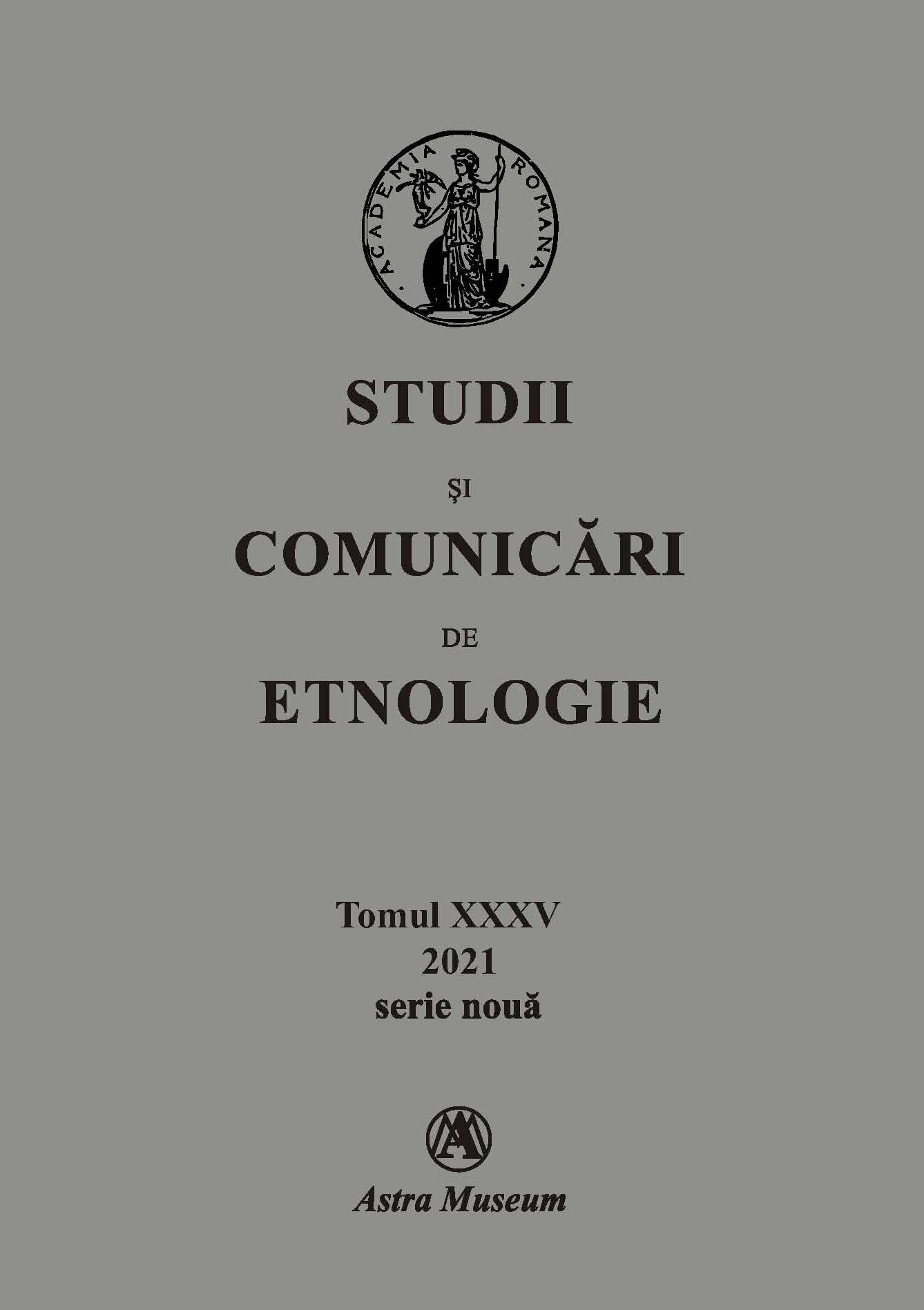
Keywords: Subject history; university professor Nicolae Constantinescu; Romanian ethnological science; "Mihai Pop School";
Vorliegende Studie ist Professor Nicolae Constantinescu zu seinem 80. Geburtstag gewidmet. Der Bukarester Universitätsprofessor zeichnet sich im Bewusstsein der heutigen Generationen rumänischer Ethnologen zweifelsohne durch seine universitäre Bildung unter der Schirmherrschaft der sogenannten „Mihai Pop-Schule” aus, einer Schule, die sich seit den 1960er Jahren der lebendigen Realität gegenüber in ihrer ganzen Dynamik öffnete. Als Hochschulassistent und später Lehrstuhlnachfolger seines Magisters war Nicolae Constantinescu unter seinen Fachkollegen derjenige, in dessen Adern sich der innovative Geist dieser Schule am tiefsten geprägt hat. Durch diesen Geist erneuerte die genannte Schule nämlich die Landschaft der rumänischen ethnologischen Wissenschaft und verdiente somit ihren Platz in der Fachgeschichte, nicht nur bei uns, sondern auch auswärts.
More...